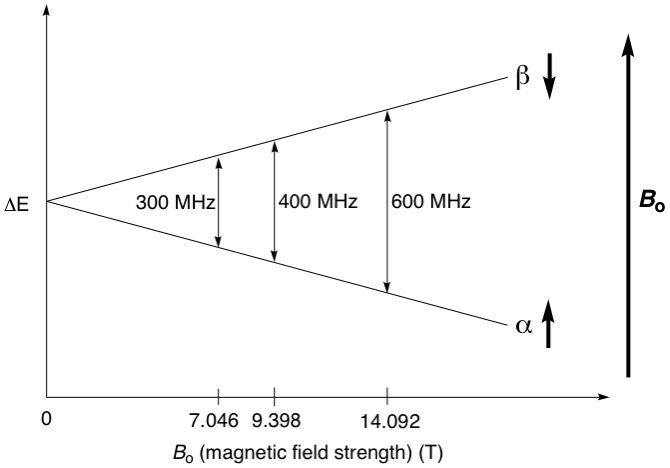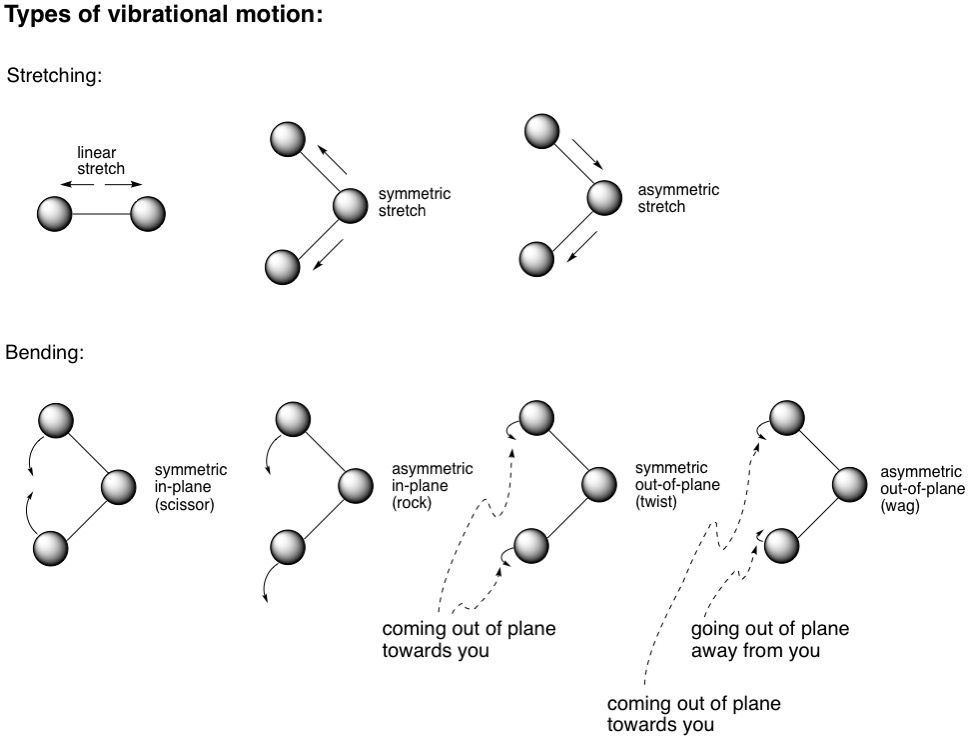Kinetic Control vs Thermodynamic Control
- Benjamin Hui
- Jan 19, 2019
- 6 min read
Updated: Jan 20, 2019
Now that we've talked about chemical equilibrium and have a better understanding of it, let's move on. I remember being a newly christened third year student and taking a course called Asymmetric Synthesis. That was my first introduction to all the ingenious ways chemists control stereochemistry in organic synthesis. It was probably the most 3D-intensive course I ever took. Every single concept and problem required us to imagine molecules in three dimensions - something I wasn't used to. Until then, organic chemistry to me was mostly about electron pushing with curly arrows, planar aromatic rings, and the occasional cyclohexane, which did require a little 3D visualization but nowhere close to this course.
And then there was enolate chemistry redux. I thought I was done with that in second year when we studied aldol reactions. But this time it was different. There was more to know. Suddenly there were asymmetric aldol reactions where the stereochemistry of the products could be controlled by the use of certain reaction conditions - kinetic control and thermodynamic control. Guess I was going back to those energy diagrams again. Just great.
And that's what we'll do here. We'll discuss the concept of kinetic and thermodynamic control - a great example of the ingenuity of chemists to exploit the intrinsic properties of molecules to control the outcome of a reaction. Let's start by bringing up our old friend, the energy diagram.
This time the diagram is a little different than what we've seen. It shows two different paths the reactant can take leading to two different products. Let's compare them: The blue path gives Product 2, which is higher in energy than Product 1 and therefore relatively less stable. However, the activation energy for the blue path (Ea2) is lower than that of the red path (Ea1). As we know, the lower the activation energy, the faster the reaction. So Product 2, although less stable, is formed faster than Product 1. This is called the kinetic product, and Product 1 is called the thermodynamic product as it is more energetically stable. This means that if the reaction conditions aren't controlled, this reactant will always form a mixture of the two products. And that doesn't spell good news, especially if one of the products is a useful drug and the other dangerously toxic. Of course, we could always just run the reaction anyway, get the product mixture and separate the products by chromatography. But that wouldn't be very elegant, would it? And there would be lots of compound wastage, and that's not very economically viable.
Is there then something we can do to select for one product over the other? To answer this question, let's make the reactant an actual example, say 2-methylcyclohexanone - a cyclic ketone. I have also provided a manipulable 3D model for better clarity.

Let's do something to this molecule. Perhaps some aldol chemistry would be in order. The first step of an aldol reaction is to generate the enolate of this compound by treating it with a base to remove an alpha-proton, which is slightly acidic due to the electron-withdrawing effect of the carbonyl group. However, the base has a choice of protons to remove: from the left, or the right of the carbonyl group. Under standard conditions, the base would be able to abstract the proton on both sides of the carbonyl group. But wait, there's a methyl group on the right of the carbonyl group as well. This makes the right side proton more difficult for the base to access due to the steric hindrance caused by the methyl group. The 3D model clearly shows this.

Because of this, the enolate resulting from left side attack will form faster and is therefore the kinetic product. The enolate resulting from right side attack is the thermodynamic product because it is more substituted at the carbon-carbon double bond and is therefore more energetically stable. Recall that the more substituents a carbon-carbon double bond has, the more energetically stable it is.
Ok, so how can we actually select for one of the products? The only thing we have control over is the reaction conditions, for example temperature. What happens to us when it's really cold out? We tend to just stay home, snuggle up under the sheets and generally don't move around very much. The same thing happens to molecules when they're cold; they slow down and get sluggish. Consequently, the majority of the "weakened" base molecules would be content to just go for the less sterically hindered proton, leading to a much larger proportion of the kinetic product. Some thermodynamic product would still be formed, but in a much smaller amount than before. For this particular reaction, lowering the temperature to -78C provides 90% kinetic and 10% thermodynamic product. We call this kinetic control, meaning changing the reaction conditions to favour the formation of the kinetic product. As a rule of thumb, kinetic control almost always involves sterics.
If you thought, "What about using a more sterically bulky base? That would make it less likely to attack the right side proton too." You're absolutely right. For the best kinetic control, chemists use a combination of low temperature and bulky reagents.
What about favouring the thermodynamic product? As before, the only thing we can change is the reaction conditions. We can't lower the temperature because that would be kinetic control, what about increasing it? That would make the base molecules even more energetic, so they would now be equally likely to attack both left and right side protons. What about using a less sterically bulky base? That would also make it equally good at attacking both left and right side protons. We seem to be caught between a rock and a hard place. But let's take a step back and recall that we should treat all reactions like equilibrium reactions, meaning there is a forward and a backward reaction. If the base attacks the left side proton, we get the kinetic product, but if we can reverse it back to the reactant, we give the base another chance to attack, and this time it might be the right side proton leading to the thermodynamic product.
How would we encourage the reverse reactions to take place? Deprotonation is all about acids, bases and pKas. The pKa of an alpha-proton in a ketone is about 18-20. If we used a super strong base like butyllithium, which is essentially the conjugate base of butane which has a pKa of 48, deprotonation would be overwhelmingly on the side of products, because once butyllithium has extracted the proton to become butane, it would be almost impossible for the enolate to grab that proton back from butane to reform the ketone and butyllithium. So, if left side attack occurred to form the kinetic product, it would be dead in the water.
So we don't want to use a super strong base. We want to use a base derived from an acid of about a similar pKa to the ketone. Now let's see what happens. Say this base deprotonates the left side proton and we get the kinetic enolate, now this enolate is strong enough to grab its proton back from the base-turned-conjugate acid to reform the starting ketone. On the next pass, the base might now attack the right side proton to form the thermodynamic enolate. If it attacks the left side proton again, no worries, this attack and counterattack keeps going back and forth until over time, the amount of thermodynamic enolate builds up due to its very nature of being the more energetically stable product. In chemical terms, we say we equilibrate the reaction mixture to get the thermodynamic product.
What bases would be good candidates for thermodynamic control though? For this example, hydroxide or the alkoxides would be decent fits. These guys are the conjugate bases of water, and alcohols which have pKas of around 16-18 - very close to that of ketones. And because the reaction mixture needs to equilibrate over time, thermodynamic control usually takes a longer time compared to kinetic control. Also, temperature wise, usually just leaving it at room temperature is good enough.
In summary and for a tl;dr, kinetic control means favouring the kinetic product and requires low temperatures and sterically bulky reagents. Thermodynamic control means favouring the thermodynamic product and requires room temperature (usually) and reagents that allow the reaction to equilibrate back and forth between products and reactants. The scheme below summarizes this (LDA = lithium diisopropylamide, a strong and bulky base)






Comments